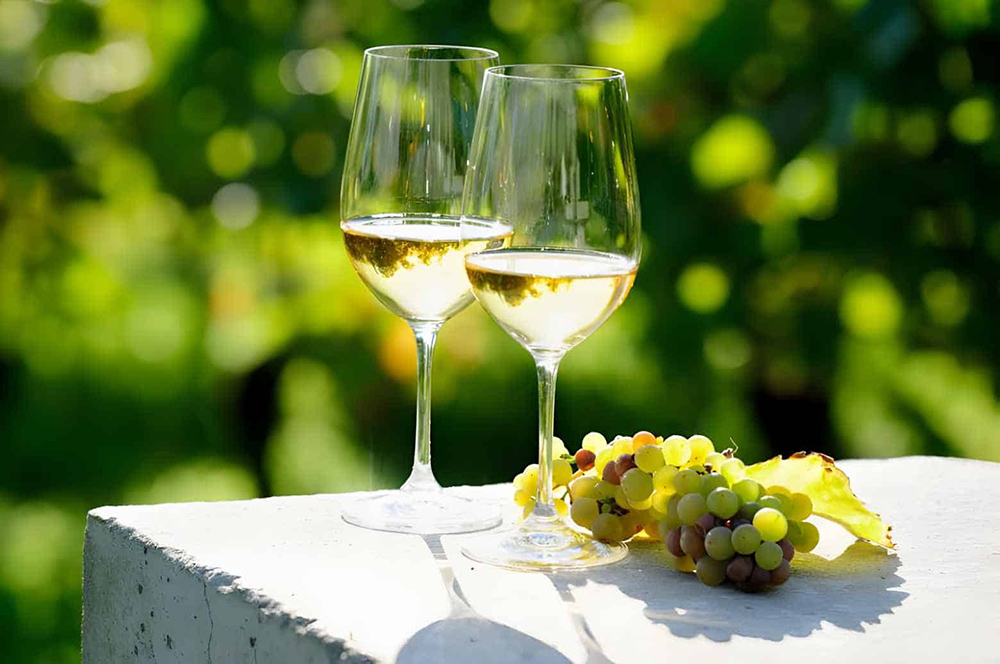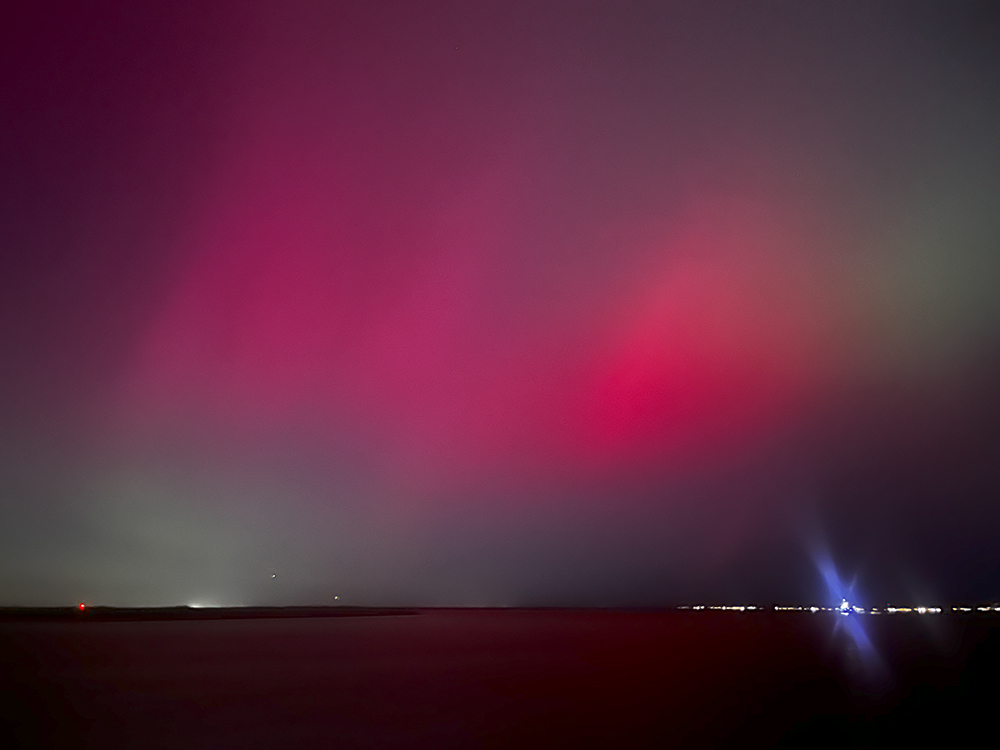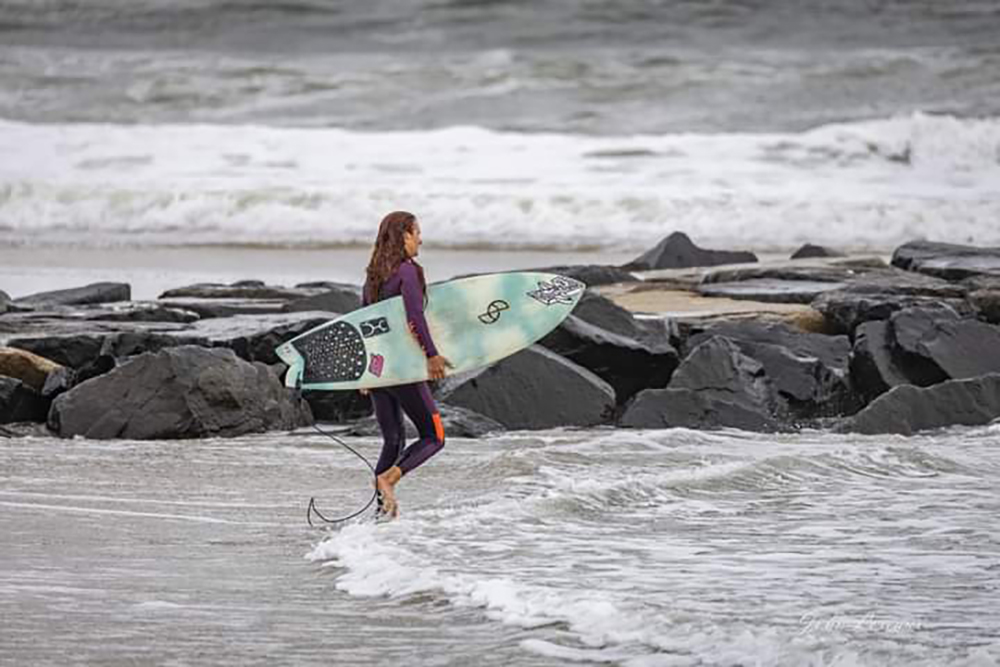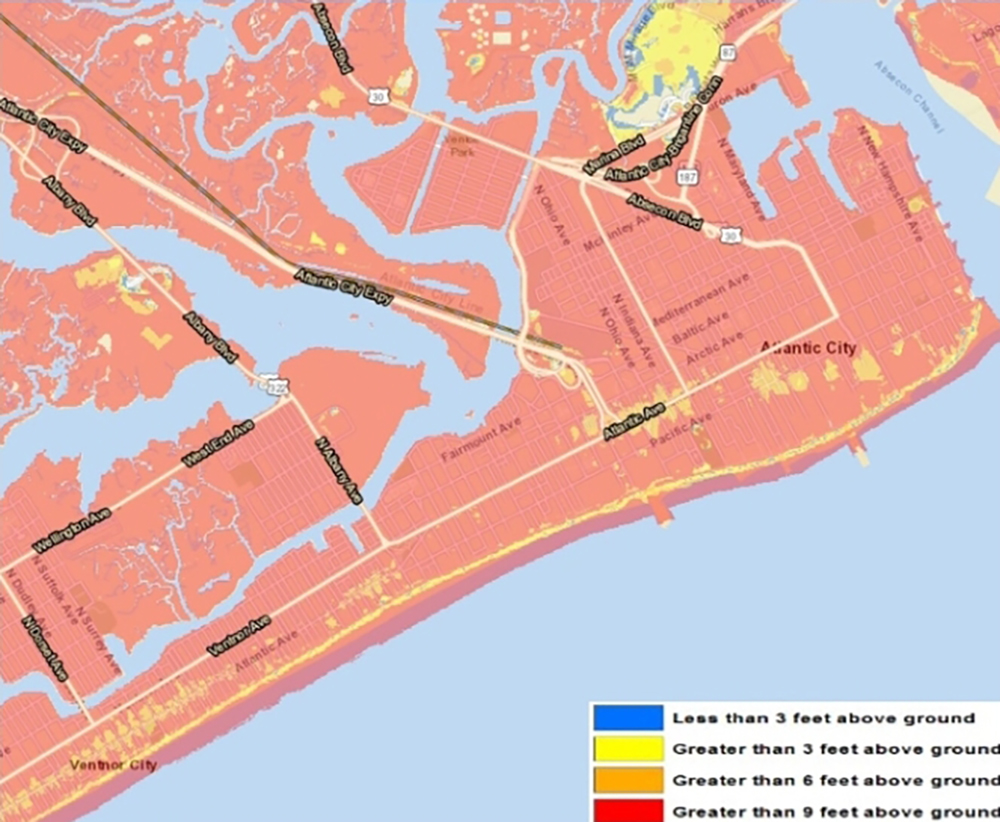By David Setley
In previous Wine 101 articles, we have discussed tannins and acidity, two of the four major components in wine. In this article, I’d like to tackle a third component: residual sugar (RS). In other words, the determining factor of what makes wine dry, sweet, or somewhere in between. Let’s dig in.
The first question to explore is, how does sugar get into wine? For most wines produced globally, wine is the fermented juice of vitis vinerfera, the common grape vine. At bud-break, when the grape first starts to form on the vine, the sugar level in the grape is extremely low and the acidity is very high. As the grape matures, the sugar level continues to increase and the acidity drops. Grapes that grow in climates that allow for longer growing seasons, such as in Southern Italy or California, will tend to be higher in sugar at harvest because the grapes have had longer to mature. You may be thinking that these grapes surely produce sweeter wines, right? Not necessarily. Once the grapes are harvested and crushed, the process of fermentation begins. During fermentation, yeast consumes much of the sugar in the juice and converts it into alcohol and carbon dioxide, turning the grape juice into wine. The result from grapes that had a higher sugar level at harvest is wine that has a slightly higher alcohol content. It is the sugar that remains in the wine after fermentation, known as residual sugar, that is the main component in determining the dryness or sweetness of the wine.
The level of residual sugar (RS) remaining after fermentation varies based on many factors, including the length of fermentation and the initial sugar level of the juice. Wines are identified as “sweet” if the RS is above 120 grams per liter, or 12% RS. “Semi-sweet” wines have between 35 and 120 g/L, or 3.5% to 12% RS. Wines with between 17 and 35 g/L (1.7% to 3.5% RS) are called “off-dry.” The majority of what we call “dry” wines fall between 0.6 and 17 g/L (.006% to 1.7% RS), while the driest wines, referred to as “bone dry,” have virtually no RS, between 0 and 0.6 g/L.
Rieslings are a great varietal to demonstrate differences in RS, as they can be found in many of the dry/sweet classifications. An example is the Ratzenberger Riesling, from the Rhine River Valley of Germany. This excellent winery produces a Dry Riesling, Schloss Furstenberg Riesling Trocken (“trocken” means dry in German wine) with 12% alcohol, and a semi-dry, Bacharacher Kabinett Feinherb (feinherb means off-dry) with 11% alcohol. The Schmitt Sohn Auslese Riesling is an even sweeter Riesling with a noticeably higher RS level and an alcohol level of 8.5%. Notice how the wines that are dryer (low RS) has a higher alcohol level, meaning more of the sugar was converted to alcohol during fermentation.
To further illustrate how sugar-levels are affected by the length of the growing season, let’s look at two Cabernet Sauvignons from two different US wine regions. The Daou Cabernet Sauvignon, one of my favorite Cabs, is from Daou Family Estates, located in the very warm climate of Paso Robles, California, south of Napa and Sonoma. The growing season there is relatively long, allowing the grapes to reach full maturity and maximum sugar levels by harvest. The resulting wine is a delicious, full-bodied Cabernet Sauvignon at 14.5% alcohol. In contrast, Chateau Ste. Michelle from Columbia Valley, Washington produces an excellent dry, medium-bodied Cabernet Sauvignon at 13.5% alcohol. Columbia Valley is well north of Daou and has a growing season that can be several weeks shorter than Paso Robles. A few weeks may not seem like a significant difference, but in terms of sugar levels, it can be a very big deal.
I hope this short discussion on residual sugar has piqued your interest on this wine concept. As you enjoy your next glass of wine, consider where you sense sweetness or dryness on your pallet. Sweetness is detected right on the tip of your tongue, whereas dryness is on the back of your tongue and is often noticed by the sensation of your gums feeling dried out. Take a sip of a sweeter wine, followed by a dryer wine; you’re sure note the difference! As always, if you have questions or comments, contact me at dsetley@passionvines.com or stop the Somers Point store. Until next time, Happy Wining!
David Setley is enjoying his retirement from higher education as a wine educator and certified sommelier at Passion Vines in Somers Point, New Jersey.






